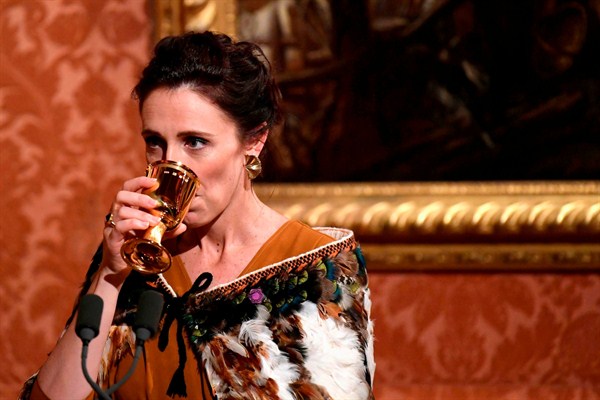Approximately 29,000 public school teachers in New Zealand went on a full-day strike on Aug. 15, demanding higher wages and improved working conditions. An estimated 400,000 schoolchildren were affected by the strike, which follows a similarly disruptive strike by nurses last month. These large-scale labor actions are a serious challenge for Prime Minister Jacinda Ardern’s center-left coalition government, which was elected last year with union support. In an email interview, Grant Duncan, associate professor of politics at Massey University in New Zealand, discusses the political significance of the strikes.
WPR: What are the main issues driving the recent teachers’ and nurses’ strikes, and can we expect more actions in the future in other sectors as well?
Grant Duncan: The strikes are mainly about salaries, but also about workplace conditions. Teachers and nurses—as well as midwives, learning-support specialists, school bus drivers and others—are not paid at levels sufficient for raising a family, especially given the rising cost of housing in major cities. Nor do their salaries fully recognize the public value, workloads and social responsibilities of their jobs. In addition, long working hours, understaffing and excessive paperwork have all taken their toll.

